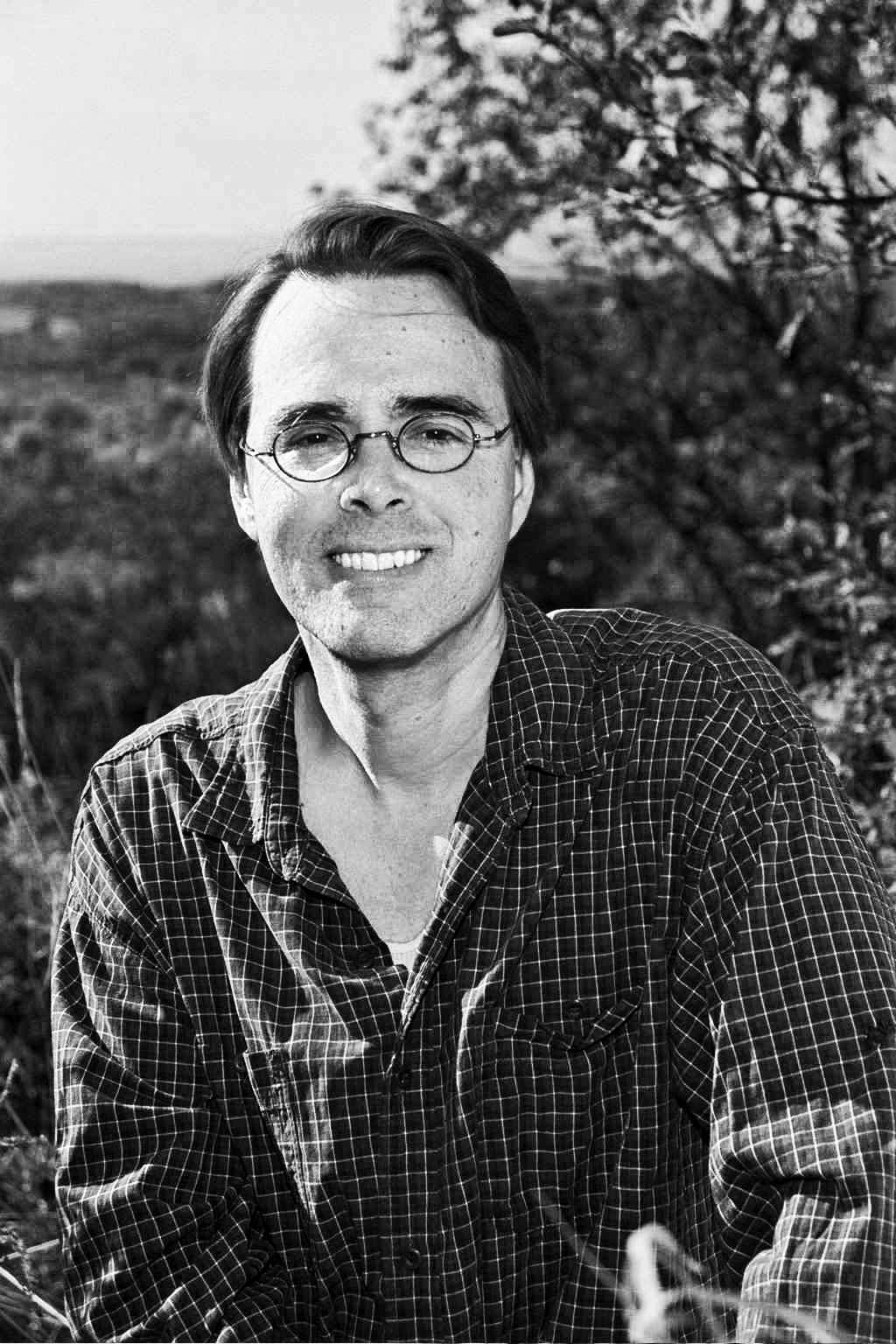
Feb. 13, 2008 – What was America like, before Columbus?
Scattered across the landscape below were countless islands of forest, many of them almost-perfect circles-heaps of green in a sea of yellow grass. Each island rose as much as sixty feet above the floodplain, allowing trees to grow that otherwise could not endure the water. The forests were bridged by raised beams, as straight as a rifle shot and up to three miles long.
Award-winning author Charles C. Mann describes a landscape contrary to the traditionally held image of the Americas as sparsely populated virgin forest. New evidence, he claims, indicates the Amazon rain forest is largely a human artifact and that the Western Hemisphere pre-Columbus was vastly more sophisticated than has been thought, “an altogether more salubrious place to live at the time than, say, Europe.”
This year’s McMurrin professor, Mann will speak on his book, 1491, New Revelations of the Americas before Columbus on Monday, Feb. 25 at 7 p.m. in the Olpin Union Saltair room. The lecture will be followed by a book signing sponsored by the University Book Store and is free and open to the public.
Mann will focus on population numbers prior to and after first contact with Europeans, explaining the decline of Native American populations as a result of that contact and the diseases it brought. He examines not only cultural effects of the population decline, but also the resulting effects on ecology and the environment.
Describing passenger pigeon migrations that blotted out the sun for two days or more, Mann suggests that the phenomenon is a result of the enormous environmental imbalance caused by the demise of the peoples who managed its environment. He also depicts forests on the east coast that were burned regularly, resulting in large trees separated by enough space to drive a carriage through.
Mann’s most recent book, 1491, won the U.S. National Academy of Sciences’ Keck award for the best book of the year. A Correspondent for The Atlantic Monthly, Science and Wired, he has covered the intersection of science, technology and commerce for many newspapers and magazines here and abroad. He has also written for CD-ROMs, HBO and the television show Law and Order and was the text editorial coordinator for the internationally best-selling photographic projects Material World (1994), Women in the Material World (1996) and Hungry Planet (2005). A three-time National Magazine Award finalist, he has received writing awards from the American Bar Association, the American Institute of Physics, the Alfred P. Sloan Foundation, the Margaret Sanger Foundation and the Lannan Foundation (a 2006 Literary Fellowship). He is now working on a companion volume to 1491; an early excerpt appeared in National Geographic in May 2007.
To schedule an interview with Mann prior to his lecture, contact Steve Roens at 801-581-5249 or steve.roens@music.utah.edu.
Sponsored by the office of undergraduate studies, the McMurrin lecture is part of the Sterling M. McMurrin Distinguished Visiting Professorship at the University of Utah. Endowed by O.C.Tanner in 1980, the professorship honors professor McMurrin who was himself an E. E. Ericksen Distinguished Professor Emeritus at the University, former U.S. Commissioner of Education, former dean of the Graduate School at the University of Utah, and a noted philosopher and historian.
